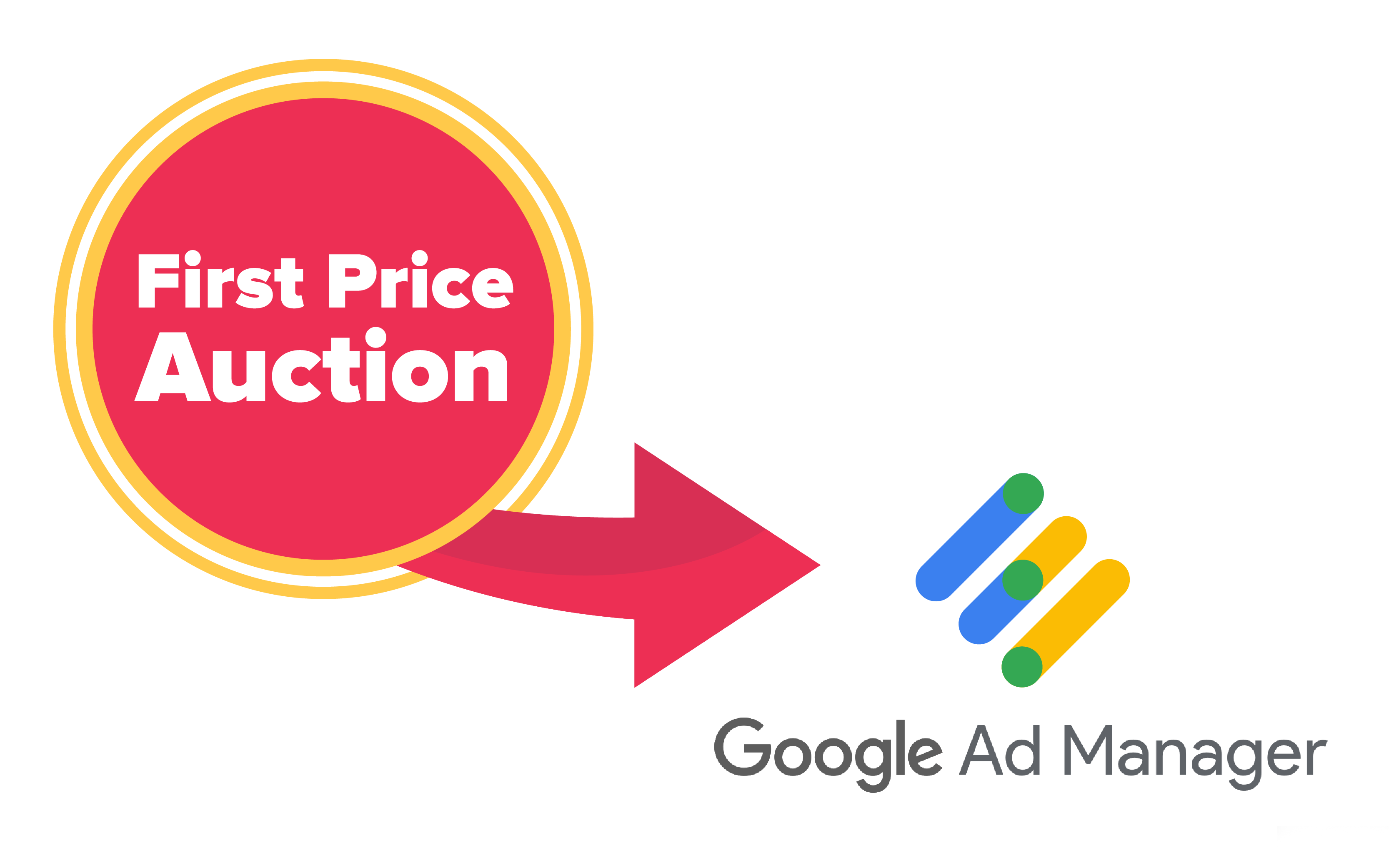How did Adwords change bidding at the end of 2023? (performance analysis)
What is AdWords? Google AdWords, now known as Google Ads, is an online advertising platform by Google. It allows businesses…

Time flies and First-Price Auction full introduction on Ad Manager is getting closer. It’s important to summarize this change from the perspective of the relations and business between Yieldbird and publishers that we are proud to work for.
When outsourcing this process, publishers are simply expecting to see higher revenues, generated on the inventory which they allow us to monetize. To deliver this promise we use four different elements of our full offer:
Obviously, the auction model is neutral to the bigger part of our business. Premium campaigns, effective setups, and integrations to all-important buying platforms will always be crucial for best-in-class monetization. The same situation we have in case of reporting and insights, without which all decisions are a bit blind. But what about price management, which has always been our spécialité de la Maison?

In the Second-Price World, Price Optimization is more about tactics. You need to segment inventory in homogenous groups and understand the nature of bid landscapes. Without diving into tech details – when you see a huge gap between the first and the second bid across those groups you may set up a higher floor price to limit the gap, and make a winner pay more for the impression, which in the end will bring you higher revenues.
Of course, this is not achievable on a big scale or a granular level to maintain it manually on the proper level of efficiency, but with support of smart technology, one can definitely make it work.

However, in the First-Price reality, the tactical approach which has been described above will not do the trick anymore because floor prices will have no potential to increase revenue from a single auction in a short term period. Each of the applied floors, will from now cut some part of the demand and impressions resulting in some level of short-term revenue limitations.
[mc4wp_form id=”407″]
In theory, a First-Price Auction looks simpler because what the buyer bids (minus technical cost from SSP) is what the publisher gets. However, in this ecosystem for both publishers and advertisers revenue/budget optimization is much harder and time-consuming. If you are a publisher, and your floor prices will be too low or none at all, (as some companies suggest) in time you will start receiving lower and lower bids for your inventory (due to bid shading algorithms development and popularization), this will result in a decrease of your final eCPM and revenue.
On the other hand, if your floor price will be too high you probably will be optimized out from many campaigns as an inventory that costs buyers too much in comparison to other competitors and inventory providers. So how can you know whether your price is in the range that saves you from those both negative scenarios?
Let’s imagine that you inherited the huge magazine of tires. You have millions of dollars frozen in your magazine but you don’t know what is a price that you can get for your tires. What would you do as the first step? Probably make some analysis to better understand the market. What are acceptable prices for all types of tires and what are the main factors shaping these prices (size, a brand of manufacturer, type)?

When you will finally evaluate all of those factors, you will be able to set up a strategy that will actually define your preferred ratio between time to sell out and the profit.
The situation is pretty much the same as online advertising. Again, with no technical details – our job at Yieldbird starts from a deep understanding of the actual market situation (which due to it’s huge dynamic, changes rapidly). To deliver to our partners the best value and results, first, we need to understand what the market (advertisers) is paying for and how much it is paying at this specific moment. For example “acceptable” open market CPM price for 300×250 banner, mobile, US traffic varies from $2 to $4 on Sunday evening. If a publisher wants to maximize his revenue, the price he asks the platforms to pay for this specific part of his inventory shall oscillate in this range. Where exactly? This is a publisher’s strategic decision that defines the preferred relation between open market revenue and protecting prices and budgets from PMP’s and direct sales.
After the full transition to the First-Price auction model in Google, four pillars of world-class level ad monetization will stay relevant, and Yieldbird is happy to assist publishers with improving any of them. We have already adapted our approach to pricing in order to improve strategic, data-driven long-term decisions and strategies to protect publishers from being optimized out from the campaigns and from being bid-shaded.

Karol Jurga
Chief Revenue Officer
See it in action.